29+ Good Review Examples to Download
When it comes to producing high-quality content, whether it’s a blog post, a manuscript, or an abstract, receiving good reviews is essential. Good reviews not only provide constructive feedback but also offer encouragement and validation to the creator. In this article, we will explore the importance of good review examples and provide a step-by-step guide on how to write an effective review. Additionally, we will address frequently asked questions to ensure you have a comprehensive understanding of the topic.
1. Business Review Template
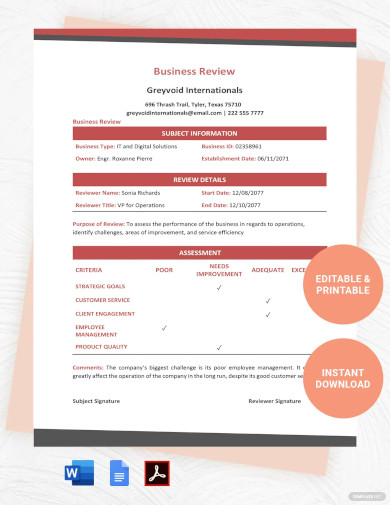
2. Patient Review Template
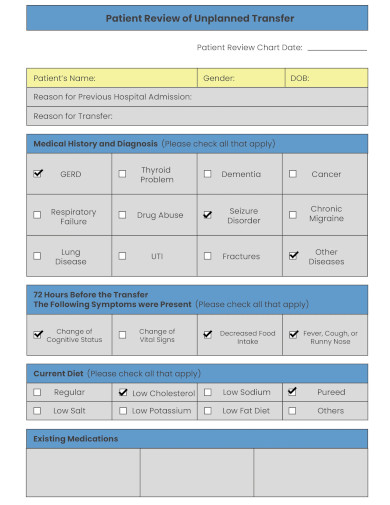
3. Customer Review Template
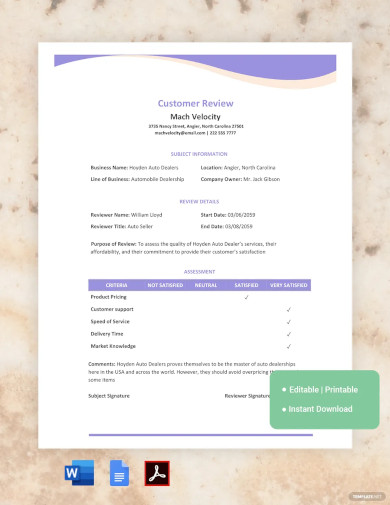
4. Product Review Template
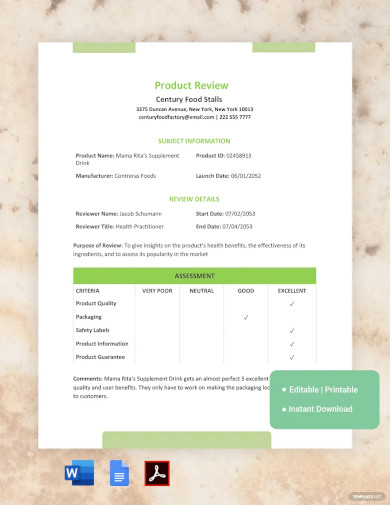
5. Service Review Template
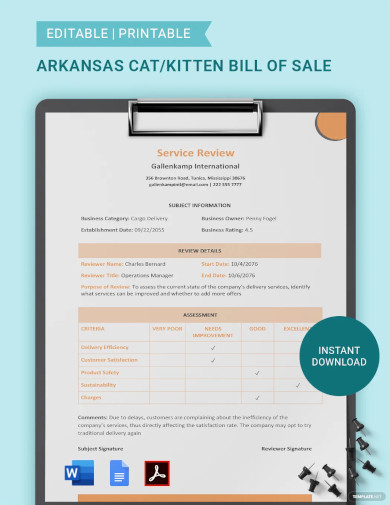
6. Good Product Review Example
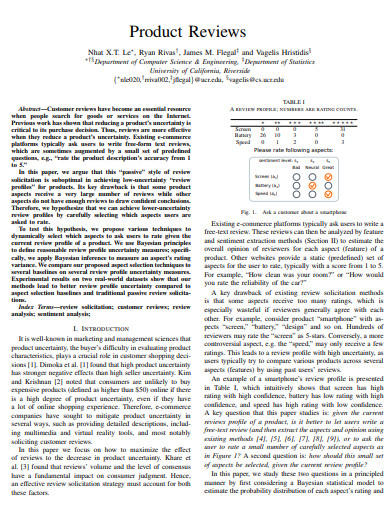
cs.ucr.edu
7. Good Customer Review Example
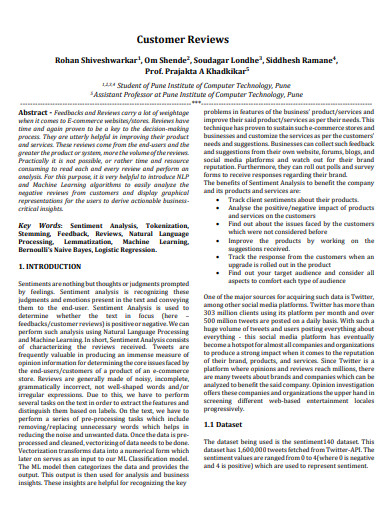
irjet.net
8. Good Feedback Review Example
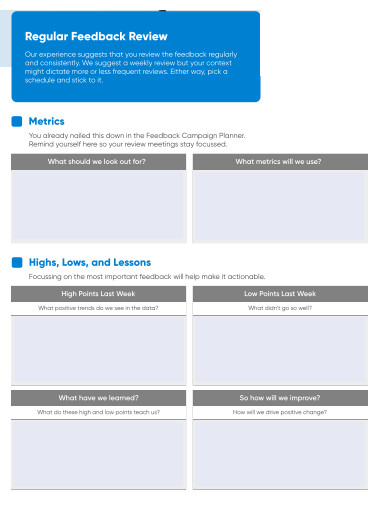
ombea.com
9. Good Service Review Example
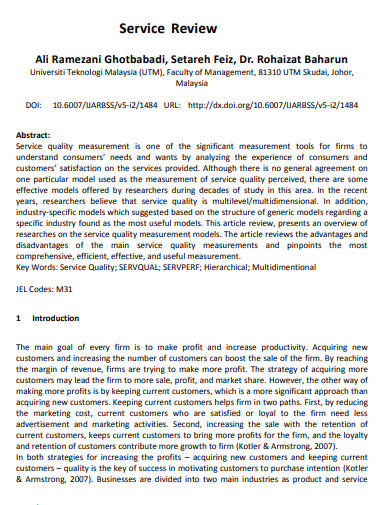
hrmars.com
10. Good 5 Star Review Example
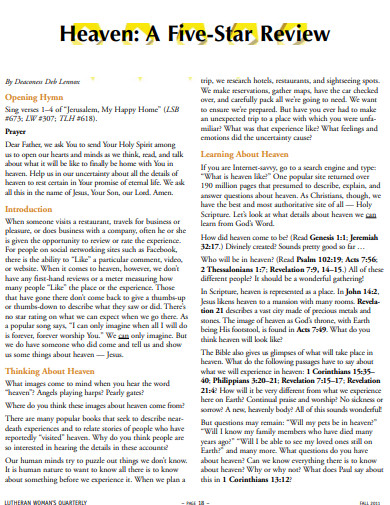
unite-production.s3.amazonaws.com
11. Good Hotel Review Example
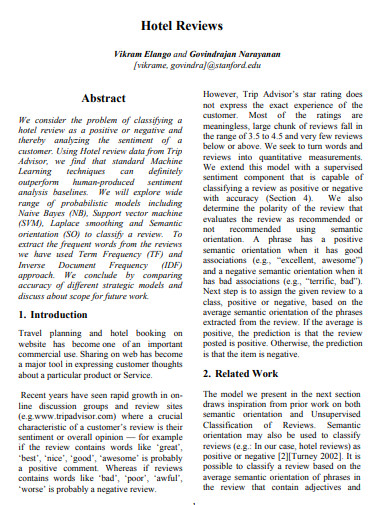
cs229.stanford.edu
12. Good Writing Review Example
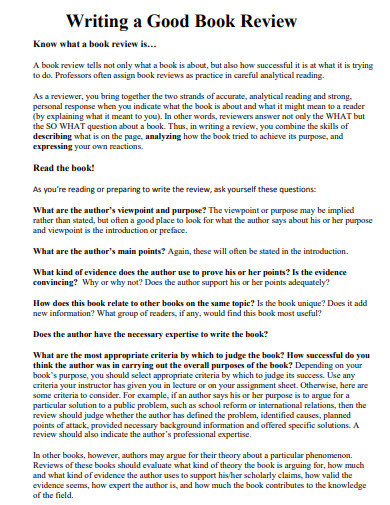
collegeofthedesert.edu
13. Good Food Review Example
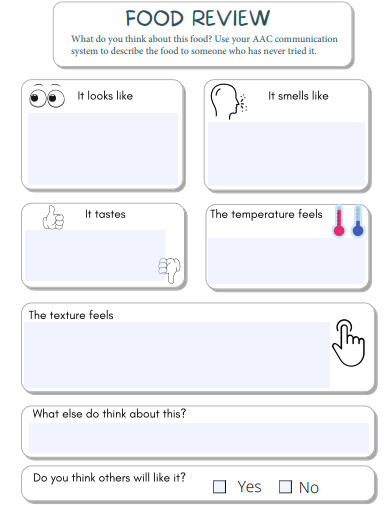
prentrom.com
14. Good Business Review Example

investcorp.com
15. Good Restaurant Review Example

myigcseworksheets.files.wordpress.com
16. Good Thankyou Review Example
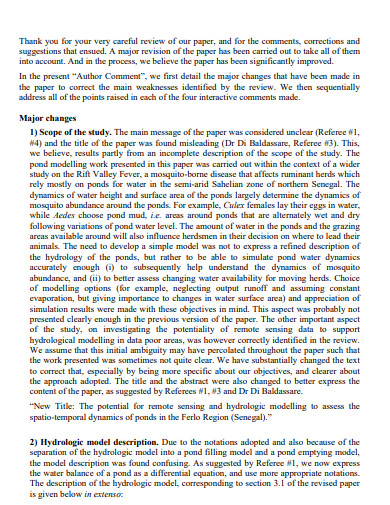
hess.copernicus.org
17. Good School Review Example
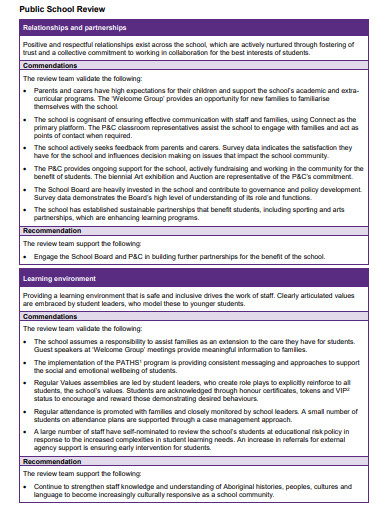
southperthps.wa.edu.au
18. Good Shop Review Example

dallasparks.org
19. Good Seller Review Example
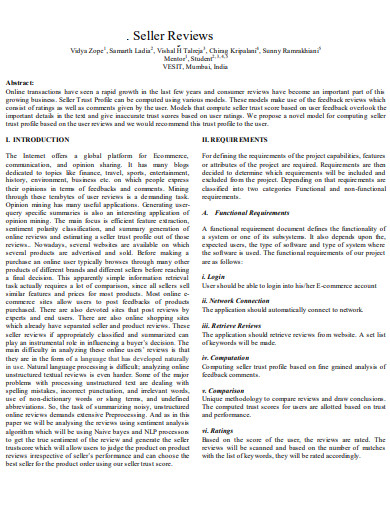
ijesc.org
20. Good Professional Review Example
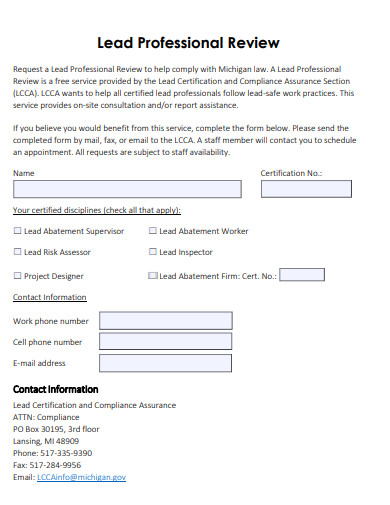
michigan.gov
21. Good Patient Review Example
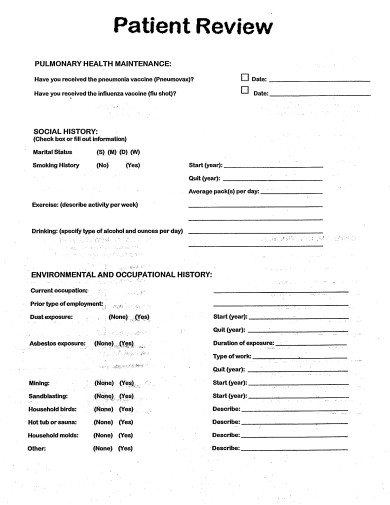
s3-us-west-2.amazonaws.com
22. Good Employer Review Example
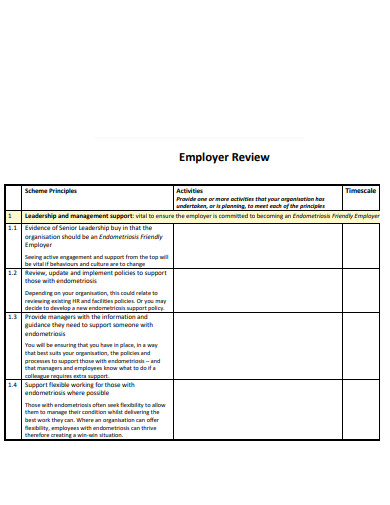
endometriosis-uk.org
23. Good Hospital Review Example

gov.je
24. Good Client Review Example
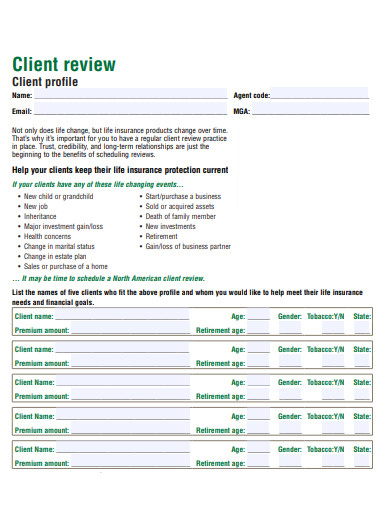
issueins.com
25. Good Dentist Review Example
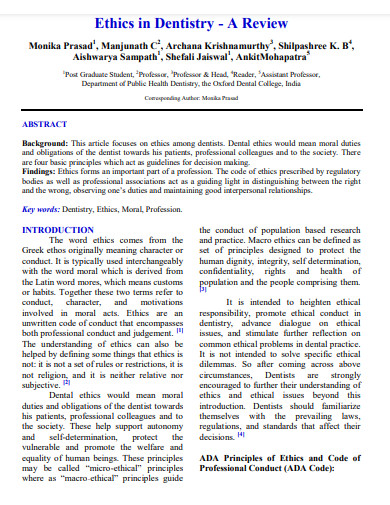
ijhsr.org
26. Good Short Review Example
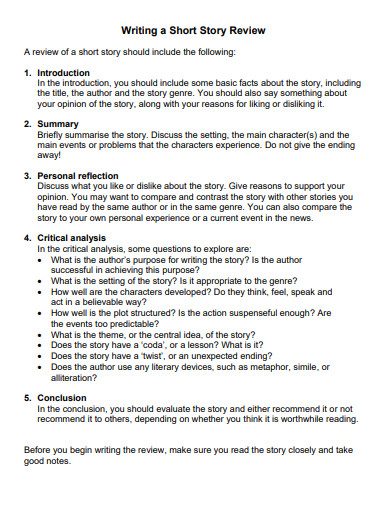
edb.gov.hk
27. Good Review Response Example

reviewfire.com
28. Good Customer Service Review Example
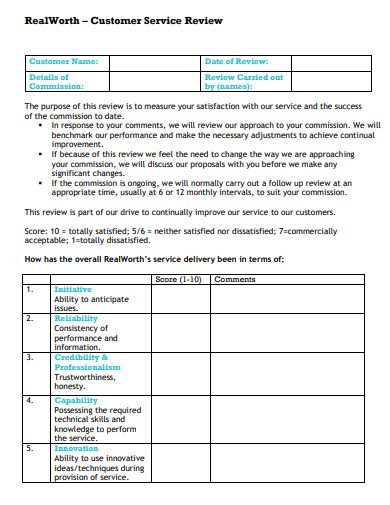
realworth.org
29. How to Write a Good Review Example
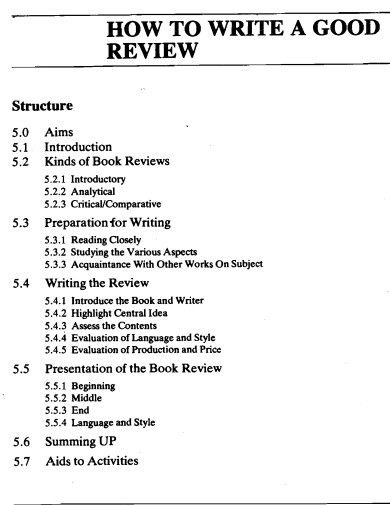
egyankosh.ac.in
30. Good Company Review Example
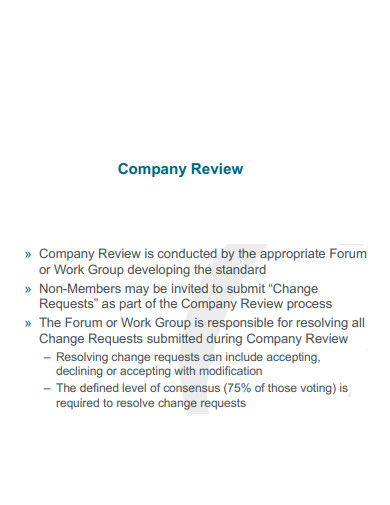
opengroup.org
What is a Good Review?
Good review examples serve as exemplars of well-crafted reviews across various mediums such as Google Docs, Word, PDF, and Illustrator. These examples demonstrate the use of effective text structures, appropriate language, and insightful analysis. Whether you are writing a book review, a literature review, or providing feedback on a manuscript, studying good review examples can offer guidance on how to engage readers, provide valuable insights, and contribute to the overall quality of the reviewed piece. They showcase the skills and techniques required to produce comprehensive and compelling reviews.
How to write a Good Review?
Writing a good review requires careful consideration and attention to detail. By following a step-by-step process, you can ensure that your review is well-structured, informative, and engaging. In this guide, we will outline the key steps to writing a good review, providing you with the necessary tools to share your insights effectively.
Step 1: Familiarize Yourself with the Work
Before diving into writing a review, it’s crucial to thoroughly familiarize yourself with the work you’ll be reviewing. Whether it’s a book, a research paper, or a blog post, take the time to read or analyze it carefully. Note down key points, arguments, and any notable aspects that stand out to you.
Step 2: Outline Your Review
Creating an outline will help you organize your thoughts and ensure a coherent structure for your review. Start by introducing the work and providing essential background information. Then, outline the main sections or topics you’ll cover in the body of the review, such as strengths, weaknesses, or key themes. Finally, plan your conclusion where you’ll summarize your main points and offer a final evaluation.
Step 3: Write a Captivating Introduction
The introduction sets the tone for your review and captures the reader’s attention. Begin with a brief summary or overview of the work, highlighting its key aspects. You can also mention the author’s background or any relevant context. Finally, clearly state your purpose in writing the review, whether it’s to analyze the work’s strengths and weaknesses or to provide a recommendation.
Step 4: Analyze the Work’s Strengths
In this section, focus on the positive aspects of the work. Discuss the elements that make it stand out, such as well-developed characters, compelling arguments, or engaging writing style. Provide specific examples and explanations to support your analysis. Remember to maintain a balanced perspective and avoid excessive praise without substantial evidence.
Step 5: Identify the Weaknesses
Every work has areas that could be improved, and it’s essential to address them in your review. Identify and discuss the weaknesses or limitations of the work. These could include plot holes, weak arguments, inconsistent pacing, or lack of supporting evidence. Be constructive in your criticism, offering suggestions for improvement rather than simply pointing out flaws.
Step 6: Explore Notable Features or Themes
Depending on the type of work you’re reviewing, there may be specific features or themes that deserve special attention. For example, in a book review, you might discuss the author’s use of symbolism or recurring motifs. In a research paper review, you could highlight the methodology used or the significance of the findings. Analyze these notable features or themes in depth, providing insights and examples.
Step 7: Summarize and Evaluate
In the conclusion of your review, summarize the main points you’ve discussed throughout the body. Revisit the strengths, weaknesses, and notable features of the work. Then, provide a final evaluation or recommendation based on your analysis. Be concise but clear in expressing your overall assessment of the work.
Step 8: Revise and Proofread
Once you’ve written your review, take the time to revise and proofread it. Check for any grammatical or spelling errors, and ensure that your sentences are clear and well-structured. Read your review aloud to catch any awkward phrasing or areas that may need improvement. Consider seeking feedback from others to gain different perspectives and make any necessary revisions.
FAQs
How can I structure my review effectively?
When structuring your review, it is important to provide a clear introduction that introduces the piece you are reviewing and highlights its key aspects. Next, delve into the main body of the review, where you can discuss the strengths, weaknesses, and notable features of the work. Finally, conclude your review by summarizing your main points and offering a final evaluation or recommendation. This text structure ensures a logical flow and allows readers to easily follow your analysis.
Should I include personal opinions in my review?
While personal opinions can add value to a review, it is crucial to balance them with objective analysis. It is essential to support your opinions with evidence from the work being reviewed, whether it is a book, a research paper, or a blog post. By incorporating both personal perspectives and objective observations, you can create a well-rounded and credible review.
Can I use good review examples as templates for my own reviews?
While good review examples can serve as sources of inspiration and guidance, it is important to avoid directly copying them. Each review should be unique and tailored to the specific work being reviewed. Instead, analyze the techniques and strategies used in the examples and adapt them to suit your own writing style and the requirements of your review.
In conclusion, good review examples are invaluable resources for anyone seeking to enhance their review-writing skills. They offer insights into effective text structures, language usage, and analytical approaches. By utilizing these examples, you can elevate your reviews, whether you are critiquing a book, conducting a literature review, or evaluating a manuscript. Remember, reviews contribute to the growth and improvement of various forms of content, making them an integral part of the creative process. So, dive into the world of good review examples and unleash your potential to provide thoughtful and impactful feedback.


